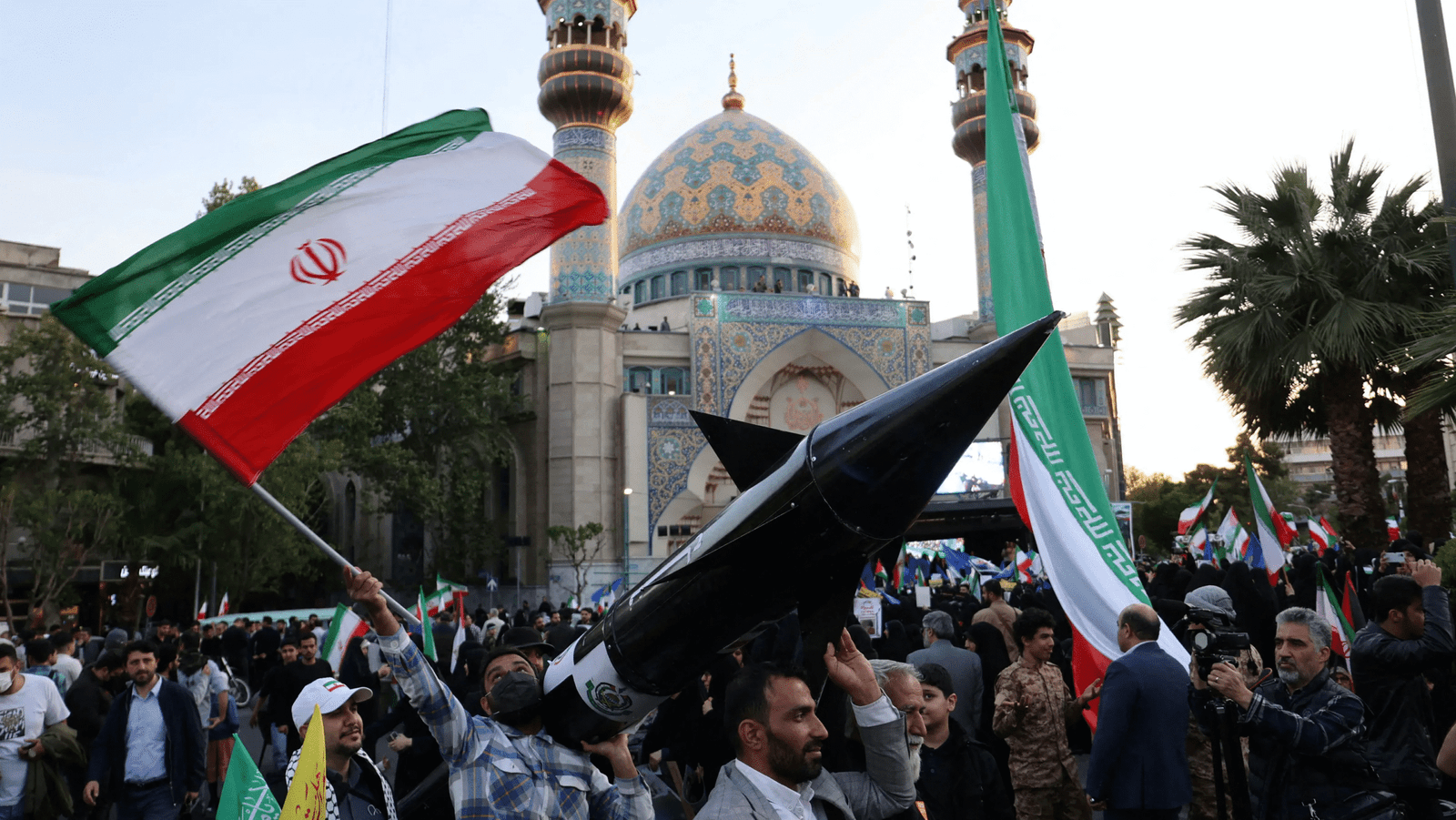
When Israel launched its long-awaited aerial war against Iran in June, a war that had simmered in the background for years, it finally flared out into open warfare. The first wave of air strikes was horrendously precise, not merely hitting Iran’s nuclear facilities but at the heart of its military command. Senior officials and top scientists were obliterated, missile bases were targeted, and Iranian air defenses were pounded. Israel experienced minimal damage in the first exchange, and there was an impression of a swift and effective victory. History, however, rarely allows wars to unfold according to the plan set within their early hours.

For Israel, the motivation had been building for generations. Successive governments saw Iran’s nuclear drive as nothing less than an existential menace. Israeli officials claimed that intelligence suggested Iran was mere days from possessing the capacity to make a bomb, and therefore needed urgent and radical action. But the strike sequence showed something more complex. While the strike on Natanz damaged parts of Iran’s nuclear program, fortified sites like Fordow were left alone. What was dramatic was the reach of Israel’s assault, which went far beyond nuclear facilities, deep into Iran’s military command structure. This led some to wonder whether Israel’s goal was not simply to delay a nuclear achievement but to disable or even destabilize the Iranian state itself.

Iranian retaliation came hot but in measured form. Within days, Israeli skies were deluged with waves of missiles, overburdening air defense systems and slamming into major cities like Tel Aviv and Haifa. A few of the missiles, including the new Haj Qassem, broke through Israeli defenses and caused damage on a scale Israel had never experienced.

However, Iran’s retaliatory attack fell short of what its massive arsenal had the potential to deliver. Israeli raids had destroyed concealed missile depots, and the threat of fresh attacks on vulnerable infrastructure forced Tehran to hold its reserves under key. Iranian experts acknowledged that caution was as much a matter of necessity as restraint, particularly with the specter of American intervention looming over all action.

For ordinary Iranians, however, the war was an appalling nightmare witnessed firsthand. In the capital city of more than nine million, all was brought to a halt as shops shut, communications broke down, and terrified citizens ran to metro stations, mosques, and other underground shelters that they could access. Entire neighborhoods fell silent, the streets were empty, and families huddled together as the bombs echoed through the capital.

The number of casualties mounted fast, with hundreds killed and thousands wounded in the first week. The lack of public bomb shelters left most defenseless, and the efforts made by the government to offer shelter were often futile. Citizens told of a ghost town that was a city, with schools closed down, supermarkets stripped bare, and the roads clogged with people who were eager to flee.

The war quickly bogged down to a struggle of deterrence, escalation, and survival. Israel sought to neutralize Iran’s ability to retaliate and show that it could fly deep within Iranian airspace whenever it wanted. Iran, on the other hand, tried to inflict enough of a blow to remind Israel of its own vulnerabilities without going over the line to provocation that would trigger a US military response.

Looming over the entire dispute was the bomb. Even with destruction to parts of Iran’s facilities, the country did not expel international inspectors or withdraw from the Nuclear Non-Proliferation Treaty. For the leaders in Tehran, having the scaffolding of international monitoring was a security measure, maintaining the correct amount of ambiguity not to give Israel or its supporters a clear justification for further escalation.

Away from the battlefield, the war reshaped regional diplomacy. The United States provided Israel with defensive aid but insisted it was not directly involved. Washington warned Tehran that an attack on US interests would have catastrophic consequences, a red line that Iran did its best to avoid. Iranian leaders kept open the prospect of renewed negotiations, suggesting that diplomacy remained an option to end the bombing and retaliation cycle. But mistrust was deep, with both sides suspecting trickery and playing for time in preparation for whatever came next.

As the war continued, both nations estimated the damage. Israel had won tactical engagements but realized that its people had been shaken by rocket attacks and revealed flaws in its defense systems. The government of Iran openly admitted painful weaknesses, particularly the depth of penetration by Israeli intelligence and the vulnerability of its command structure. Although generals vowed more retaliation in the future, voices within Iran warned against complacency and called for altering strategies and tactics.

In the end, the war marked both sides, but its burden hit hardest on civilians caught in the middle. For the Israelis, the assault left a fresh sense of vulnerability, and for the Iranians, it was destruction out in shattered neighborhoods, shut-down cities, and the eerie uncertainty of living. Neither were eager for a lengthy regional war, but neither could claim a distinct victory. What most forcibly emerged in the war was not only the vulnerability and potency of armed power, but the unacceptable human price of a conflict in which ordinary people never wished for it, but had to endure.
